Multi-Tiered System of Supports (MTSS) supports academic, social-emotional, and behavioral development for all students. The ultimate goal of MTSS is to use data to drive decision-making and improve outcomes for all students. To ensure that students receive the best support possible, it's important to assess their progress throughout the year and report the data to all relevant stakeholders.
 With a nomenclature like Beginning of Year (BOY), Middle of Year (MOY), and End of Year (EOY), you’d be forgiven for thinking that MTSS data reporting is a path along a straight line. Planning feels like a BOY activity meant for professional development sessions in the summer heat, the MOY checkpoint ensures we are headed in the right direction, and at the EOY we look back and ask if we accomplished what we set out to achieve. But if we are to continuously improve our results year to year, we need to turn the straight line of data review into a circle and connect the dots of reflection into planning for the next year!
With a nomenclature like Beginning of Year (BOY), Middle of Year (MOY), and End of Year (EOY), you’d be forgiven for thinking that MTSS data reporting is a path along a straight line. Planning feels like a BOY activity meant for professional development sessions in the summer heat, the MOY checkpoint ensures we are headed in the right direction, and at the EOY we look back and ask if we accomplished what we set out to achieve. But if we are to continuously improve our results year to year, we need to turn the straight line of data review into a circle and connect the dots of reflection into planning for the next year!
Continuous Improvement Cycle
Evaluating the Effectiveness of Your Entire MTSS Practice
As the School Year wraps up, campus and district administrators have an opportunity to use data to both evaluate the effectiveness of their systems-level practice and to plan for success in the coming year. EOY assessment data reporting provides information on student progress and identifies areas where additional support may be needed. This should be a collaborative effort. Teachers, counselors, administrators, and support staff should work together to analyze the data, identify trends, and make informed decisions about next steps.
Reflective Questions to Ask of Your Data at EOY
- Did we achieve our goals for this year?
- Did we implement our MTSS support plans with fidelity?
- Have we moved the needle on student outcomes from the baseline?
- What’s changed in our learning environment and student body since BOY?
- How effective is our core instruction?
- Are the interventions we are using having the impact we want to see?
- Are the students who need support getting it?
- How are we engaging families in our support planning process?
To paint a strong picture of your performance in supporting the whole child, review a variety of data points. Consider what data is available to illustrate not only the academic, social-emotional, and behavioral outcomes for students, but also the way MTSS is being implemented within your district.
|
Branching Minds Platform
Analyze the Intervention Usage Report (both outstanding and complete), to see which interventions are being used along with how student progress is being assessed. Easy filters show interventions at the district, school or grade level. |
Ideally, you defined “success” in a measurable way at BOY and can now compare the data you see with your own goals. If not, you can review your EOY data with objectivity, considering how your data compares to national norms or local standards. The unique makeup of your student body will impact your results and provide insight into support needs within your district.
Planning for Success in the Coming Year
Wouldn’t it be nice to have a crystal ball when you sit down to finalize a budget, create a strategic plan, or organize resource allocation for the coming school year? If you approach EOY reporting holistically and with the future in mind, you’ll have just that. EOY data can be used to not only assess performance for the School Year that’s in the rearview mirror, but also to better prepare for what’s ahead.
Proactive Questions to Ask of Your Data at EOY
- What can we expect our MTSS triangle to look like next school year, and what additional resources will be needed to support it?
- What adjustments can we make to our curriculum to improve the health of our core instruction?
- What should be our focus area as administrators for supporting schools and teachers in the next school year?
- How can we adjust the instructional strategies and targeted interventions we use to better meet student needs?
- How should we distribute support staff resources (e.g., MTSS coordinators, interventionists, social workers) efficiently in light of the data we see?
- What professional development topics and exercises will be needed to support the unique needs of our student body?
- What risks are we seeing across the student body, and what frameworks can we put in place at the Tier 1/whole school level to address them?
- What student groups should we target for intervention planning at the start of the next school year?
Setting goals for the new school year starts with a thorough review of the EOY data. By coming together to assess the performance of not only student outcome data but also the fidelity of district-wide MTSS itself, teams of administrators and teachers can plant seeds for advancing the momentum of positive growth and course correcting where necessary in the future.
|
Branching Minds Platform
Plan for improved behavior supports by using the Behavior Incident Report to visualize and filter behavior incident data by location, time of day, type, and demographic factors. This helps reflect on which policies and procedures were effective along with changes and training needed for the next school year. 💡 Additional resource: PBIS: More Than Points and Parties
Complete the Roots Report to measure the progress of overall MTSS systems from year to year. This report helps set priorities for improvement along with actionable steps:
|
EOY reflection and planning, when approached hand in hand, create a cycle of continuous improvement that advances the support framework for students at every level.
|
Do you know the quality of your MTSS implementation? Take our short MTSS quizzes to help you: • Identify areas of strength• Capture what is missing • Focus your efforts on the most important work areas • Gain valuable insights and practical resources on your MTSS practice Quiz yourself & see how you score! |
Key Takeaways:
- MTSS planning, implementation, and evaluation occur in a continuous improvement cycle.
- It is important to use EOY data not only to assess performance but also to plan for the coming year by setting goals and making adjustments to better meet student needs.
- Branching Minds helps administrators gain a full picture of MTSS implementation with visual reports and filters that highlight areas of progress along with areas for improvement.
➡️ Check out this MTSS Implementation Fidelity Reference Guide
Learn more about utilizing MTSS data in this on-demand webinar: Best Practices on Interpreting Assessment Data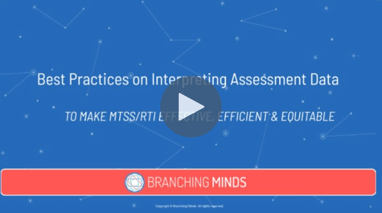

About the author
Emily-Rose Barry
Ms. Barry is the VP of Product at Branching Minds. She has worked in Education Technology in roles overseeing Product and Customer Success for the past ten years. Before joining the world of agile software development, she taught reading and writing at every level from early childhood to college, administered special programs for an adult literacy nonprofit, and published short fiction and poetry as a freelance writer. She is a co-founder of ProductTank Buffalo, a local community for networking and professional development.

Your MTSS Transformation Starts Here
Enhance your MTSS process. Book a Branching Minds demo today.














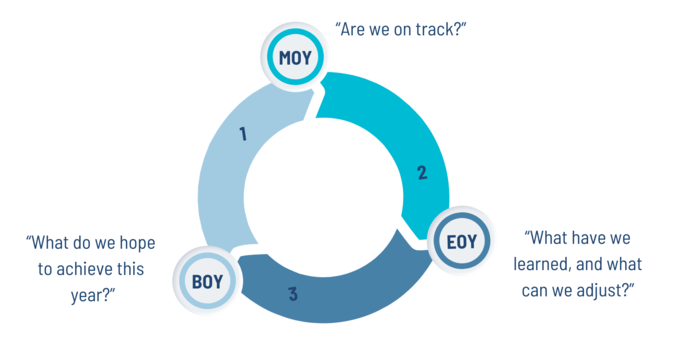
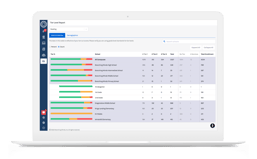 Use the
Use the 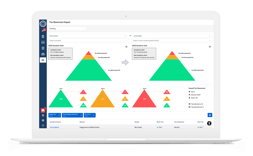 Review the shape of your MTSS triangle with the Tier Movement Report, showing the movement of students between tiered levels of support, and the performance students are demonstrating for their skills. Seeing
Review the shape of your MTSS triangle with the Tier Movement Report, showing the movement of students between tiered levels of support, and the performance students are demonstrating for their skills. Seeing 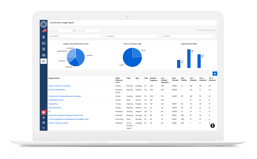
.png?width=296&height=183&name=Macbook_behaviorincidentreport%20(1).png)
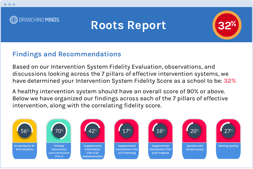


.jpg?width=716&height=522&name=Better%20MTSS%20Meetings%20Blog%20(preview).jpg)
